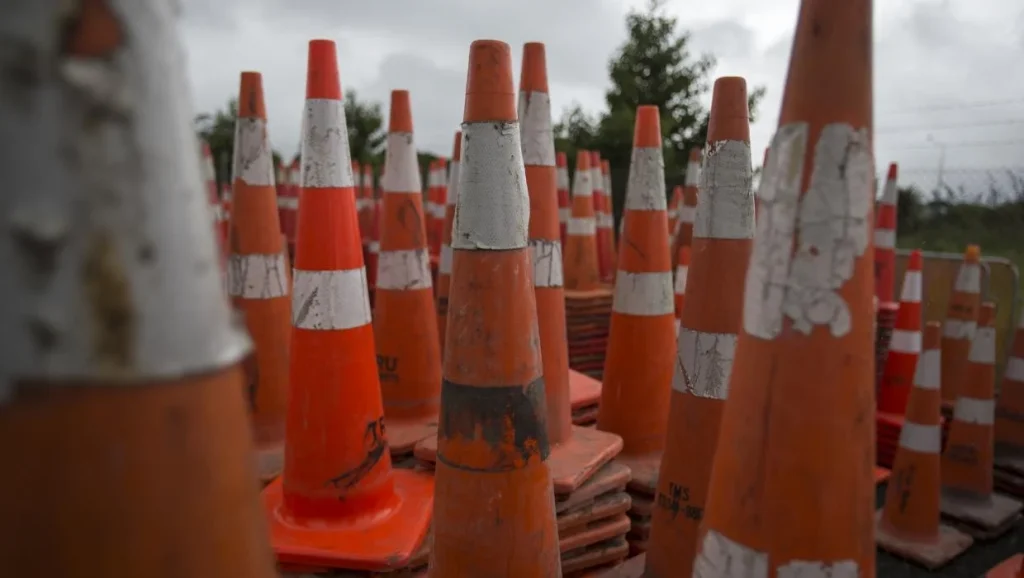Latest News

The transport woes of Tauranga have been seen acutely earlier this week with the dual closure of two critical roads, leading to transport chaos and calls for commuters to avoid travel and work from home.
This unfortunate set of circumstances highlights the vulnerability of our roading network to disruptions. Peninsulas make the design of our transport system difficult – this is made worse by lack of investment in infrastructure and low use of alternative transport methods.
While our city’s population has grown 76% since the turn of the century, we are largely on the same roading network that we had at that time. While this leads to congestion, frustration and lower productivity, poor transport infrastructure also severely hampers our ability to enable land for housing – and we have the least affordable housing market in New Zealand.
Improving transport infrastructure takes a long time and must be constantly addressed. In recent years the city has been successful in gaining more funding from residents and businesses to pay for improvements. We will soon see construction on some much-needed projects like the Papamoa East Interchange, Tauriko and Maunganui Road. Unfortunately, we need much more than that, and the bulk of investment lies on the state highway system, controlled solely by Central Government. Key projects needed are SH29 at Tauriko, Hewletts Road and SH2 to Omokoroa.
These projects are big ticket items, likely costing several billions of dollars. While we appear to have a government that is interested in investing in infrastructure, they also have a difficult financial situation and a wider infrastructure deficit to address. They have signalled willingness to look at other methods of funding key infrastructure, mentioning value capture, tolling or congestion pricing.
Tolling, congestion pricing or road network pricing is a topic that we should watch. It has been clearly signalled in Auckland, especially with the recent axing of the fuel tax in that city, and is probably the way of the future for our country. Of course, we’re no strangers to tolling in the Western Bay, having half the toll roads in Aotearoa. If done fairly, tolling can enable costs to be more relatively shared by the beneficiaries of improvements, noting that a large amount of our traffic comes from outside the area.
While I believe that some form of tolling or road pricing is going to be needed to bridge the gap between our desperate roading needs and lack of funding, there will be significant concern in the community about needing to pay. We currently pay via time, productivity and inconvenience, but it’s not as visible. Concern around a charging system is fair, many of our workforce are in construction, education and healthcare and simply won’t have viable alternatives. Additionally, our public transport system simply isn’t up to the task of replacing car journeys for some and must be improved. Any pricing system would need these improvements and alternatives to be in place before being implemented.
Improving our transport network will be a difficult task and one where we are always likely to pay more to get a better service. We will need to act now to develop new solutions several years down the track, let’s leave no stone unturned in solving this problem.
